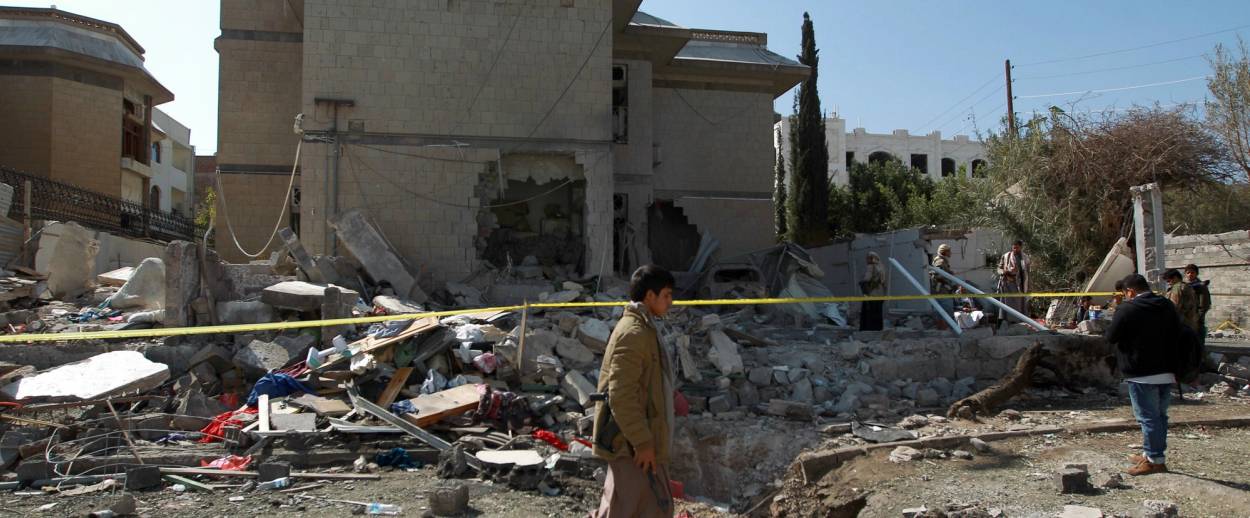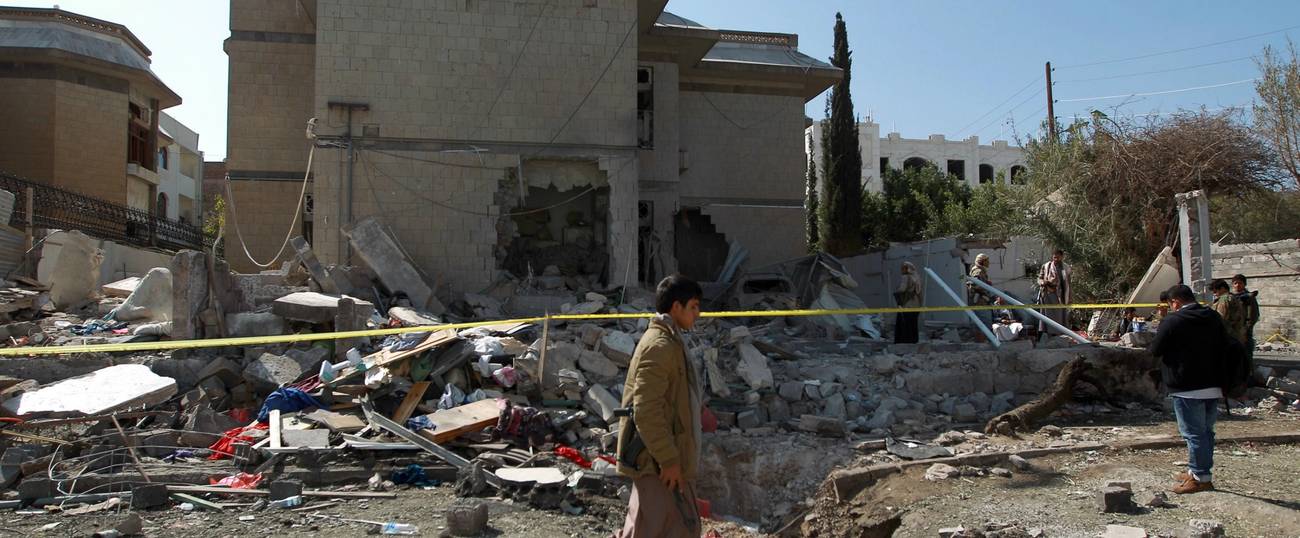U.S. Levies Terror Sanctions Against Iran-Based al-Qaeda Leaders
Three senior al-Qaeda operatives landed on the U.S. Treasury’s global terrorist list. What’s perplexing is that they all operated from Iran.




Three senior al-Qaeda operatives landed on the Treasury Department’s Specially Designated Global Terrorists list on July 20, joining the U.S. government’s international who’s-who of terrorist operatives. What’s perplexing is that two of the three al-Qaeda figures aren’t based in the stereotypical al-Qaeda hangouts of Afghanistan, Pakistan, or Yemen. Instead, they’re hiding out in a country that’s seen its relations with the U.S. and the broader international warm considerably in recent years: Iran.
Abu Bakr Muhammad Muhammad Ghumayn is “a senior al-Qaida leader who has served in several financial, communications, and logistical roles for the group” and who had “assumed control of the financing and organization of al-Qaida members located in Iran” as of 2015, according to a Treasury’s press release. Meanwhile, Yisra Muhammad Ibrahim Bayumi joined al-Qaeda in 2006 and had been based in Iran since 2014. According to the Treasury designation, Bayumi was “involved in freeing al-Qaida members in Iran” and “served as a mediator with Iranian authorities.” He also coordinated al-Qaeda fundraising activities from his Iranian safe-haven, while also providing unspecified other forms of assistance to “al-Qaida members located in Iran.”
Bayumi and al-Qaeda’s other go-betweens with Tehran seem to be pretty effective at the “mediation” aspect of their jobs: In September of 2015, just two months after the announcement of the nuclear deal between the U.S. and Iran, the Iranian authorities released several top al-Qaeda figures they had been holding as part of a prisoner swap.
The Treasury designations reinforce some uncomfortable realities about the Iranian regime—which received at least $56 billion in sanctions relief as the result of the July 2015 nuclear deal and is now the U.S.’s partner in implementing a landmark arms control agreement. Regime elements in Terhan clearly see an advantage in sheltering a fairly extensive al-Qaeda operation that includes professional fundraisers and facilitators like Bayumi and Ghumayn.
Never mind that al-Qaeda is a Sunni group whose Syrian affiliate is fighting the Iranian-backed pro-Shi’ite government in Syria, or that Iran’s potential utility in fighting Sunni extremist groups like al-Qaeda is part of the realist argument for the western powers upgrading their relations with Tehran. There’s still an influential faction within the ideologically anti-American and Shi’ite sectarian regime in Iran that simply doesn’t care about all of that: al-Qaeda bogs down the U.S. and its allies in Afghanistan, and is committed to permanent war against a common enemy, and have thus been allowed to operate on Iranian soil.
The designations also show just how little of an impact Iran’s supposedly moderate political leadership has had in terms of changing the behavior of the more ideologically committed and anti-American hardline elements of the regime. Fifteen years ago, Iranian agents may have helped facilitate the travel of al-Qaeda operatives involved in the September 11 plot, including somewhere between eight and 10 of the 14 Saudi “muscle” hijackers who carried out the attacks. Later in the 2000s, Iran provided a safe haven to Abu Musab al-Zarqawi and his associates, who then went on to form the core leadership of al-Qaeda in Iraq, ISIS’s predecessor organization. In 2013, the U.S. State Department’s State Sponsors of Terror designation list noted that Iran “remained unwilling to bring to justice senior al-Qa’ida (AQ) members it continued to detain, and refused to publicly identify those senior members in its custody,” and had “previously allowed AQ facilitators to operate a core facilitation pipeline through Iran since at least 2009, enabling AQ to move funds and fighters to South Asia and Syria.”
Tuesday’s designations suggest that the Iranian regime’s calculations towards al-Qaeda haven’t really changed much—even after last year’s diplomatic breakthrough.
Armin Rosen is a staff writer for Tablet Magazine.